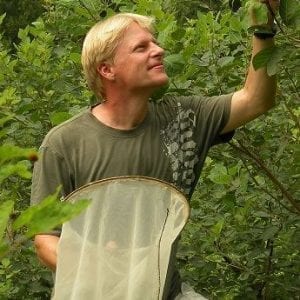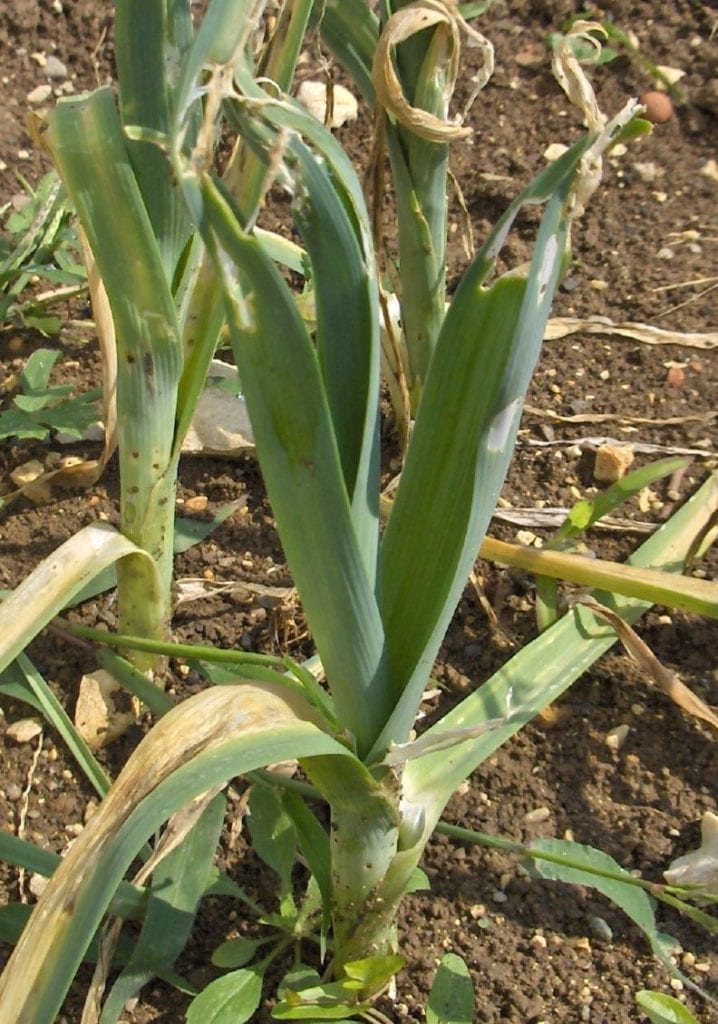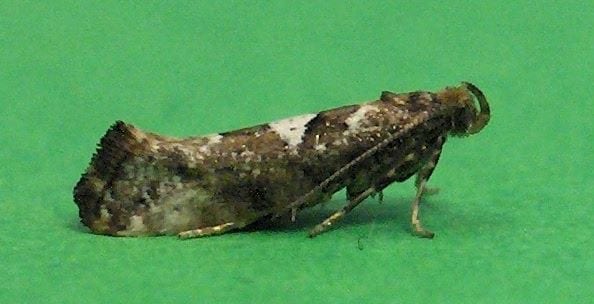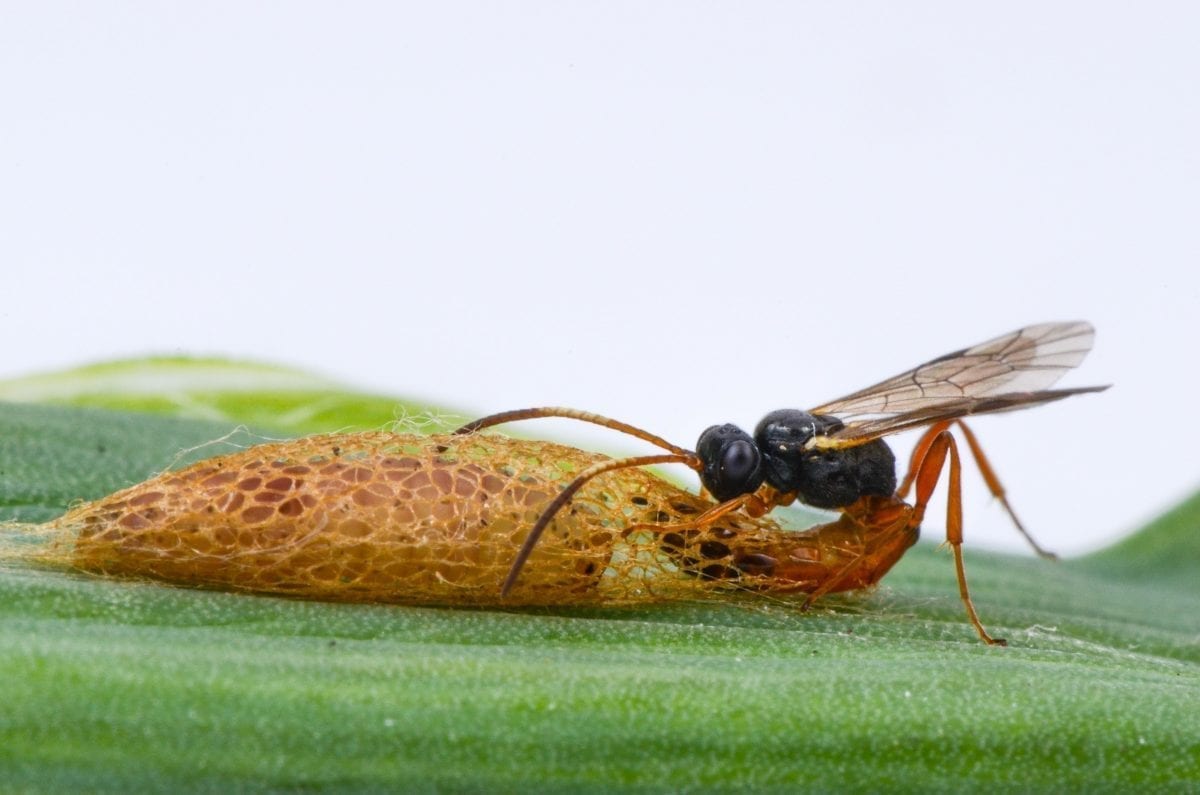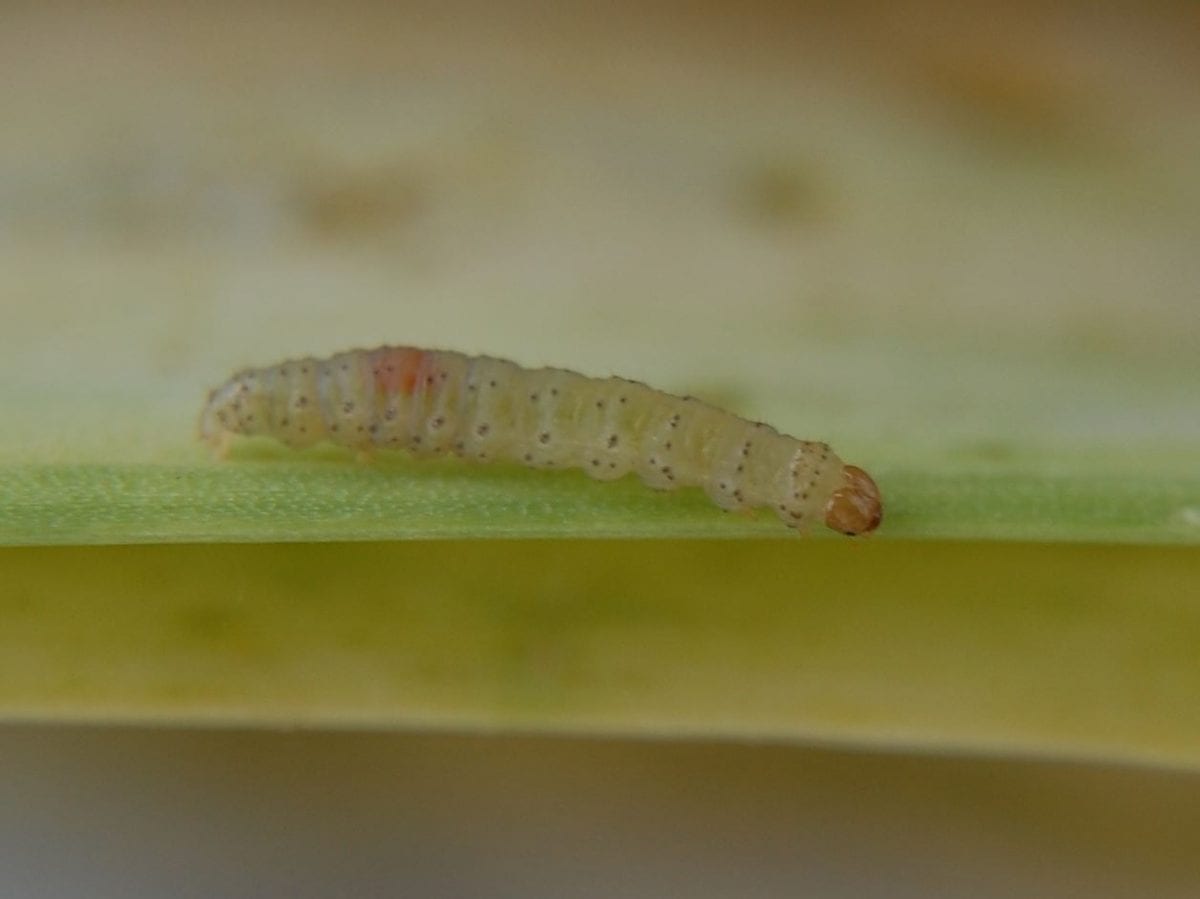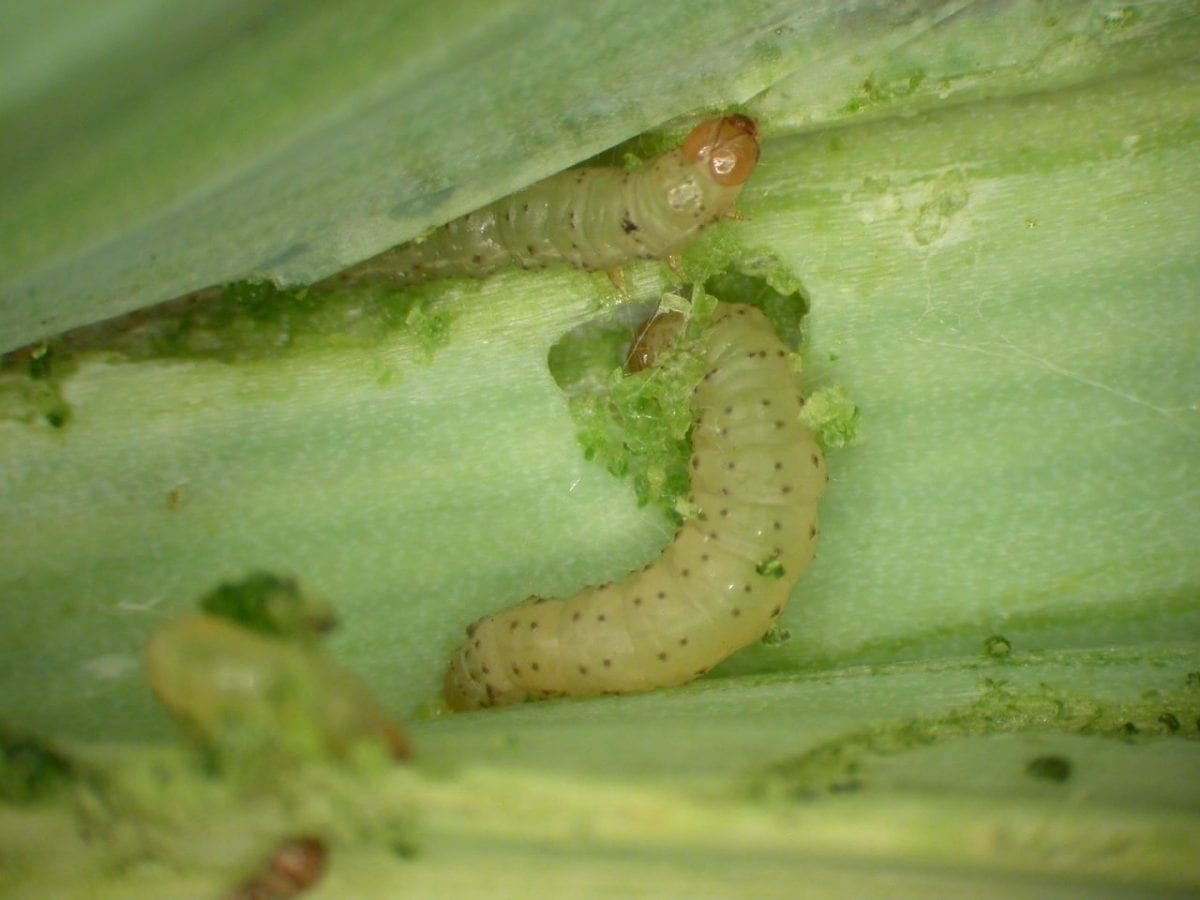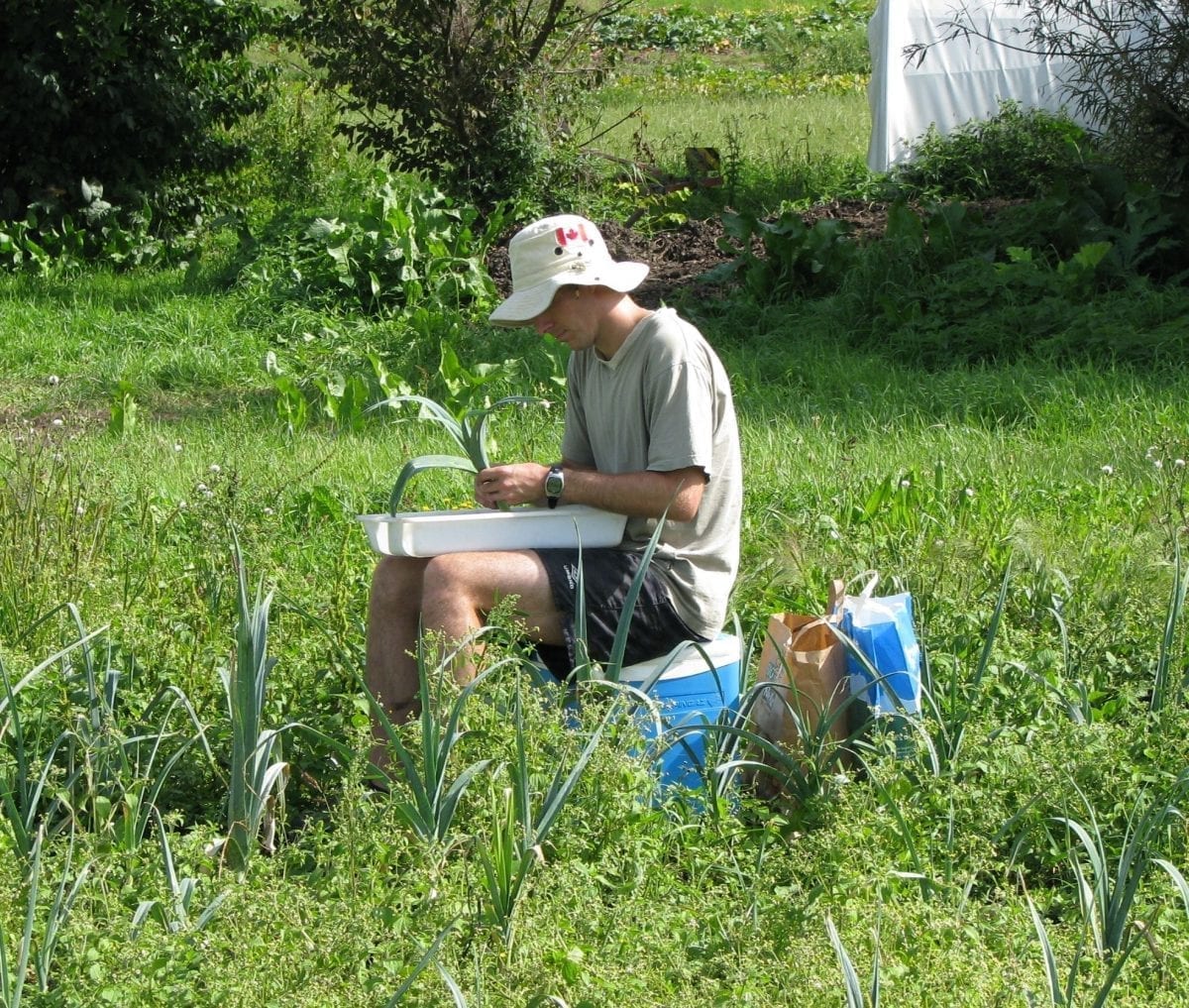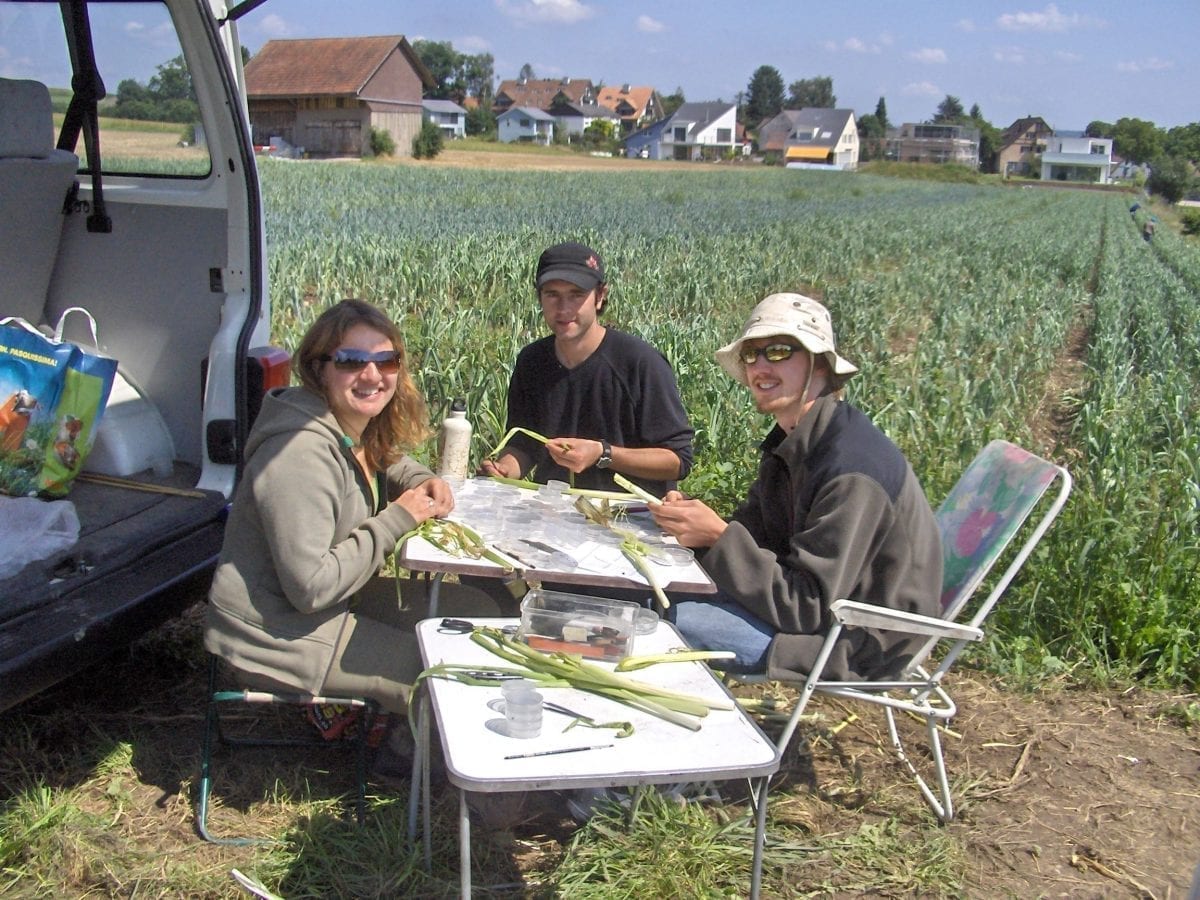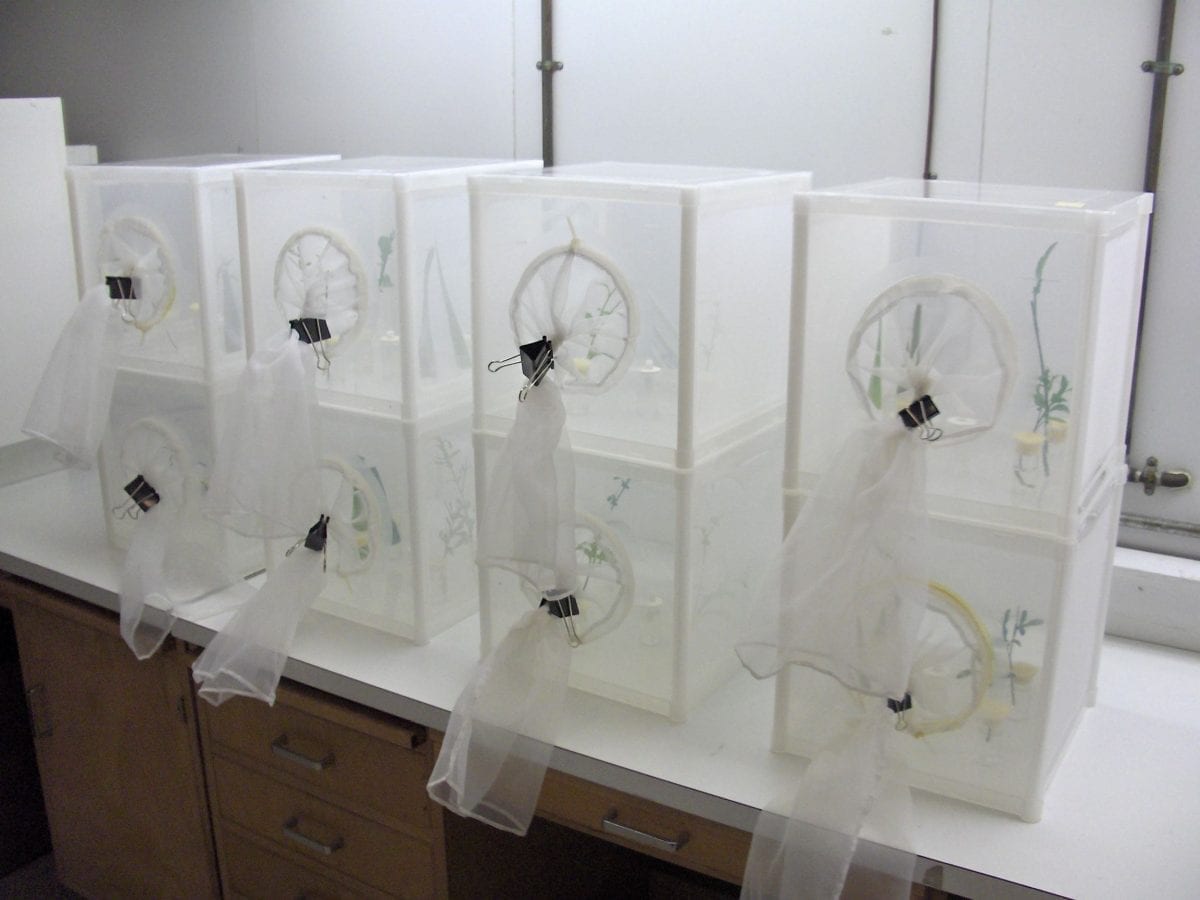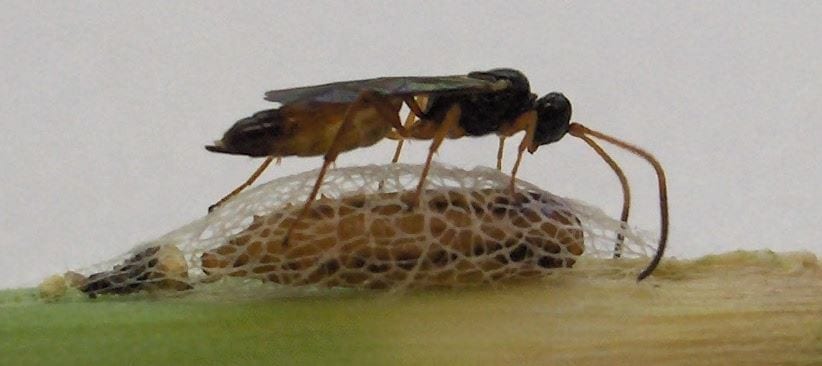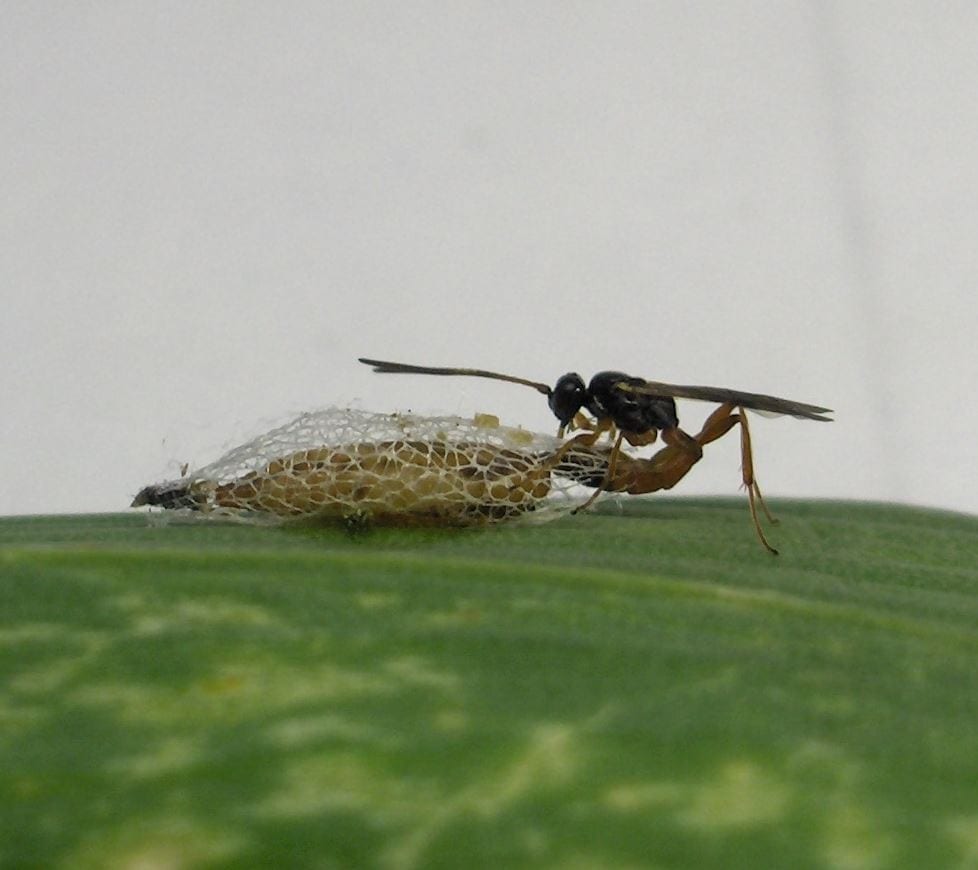Protecting leeks and onions from pests
The invasive leek moth poses a significant and immediate threat to producers of leeks, onions, garlic and chives in North America. The larvae mine the green tissues, reducing the marketability of crops. The pest’s distribution is expanding, with no signs of suppression by indigenous natural enemies. We are supporting an integrated pest management (IPM) programme run by Agriculture and Agri-Food Canada to combat the leek moth using specialized natural enemies from its area of origin.
Results
In 2004, CABI performed an extensive literature review and began conducting field surveys and a life-table study to obtain information on leek moth parasitoids in Europe and identify potential biological control agents. Allowing mortality from the natural enemy to be compared with other sources, life-tables also allow the contribution to pest population regulation to be assessed. These surveys concluded that a 1cm-long parasitoid called Diadromus pulchellus (Hymenoptera: Ichneumonidae), which attacks and kills leek moth pupae, was the most promising candidate for introduction into North America. This was based on its consistent association with leek moth and the fact that it was the only parasitoid obtained from that pest that was considered to be relatively specific.
Subsequent studies of D. pulchellus investigated its host specificity, cold tolerance and efficacy. The host specificity tests were carried out between 2006 and 2008 and demonstrated that D. pulchellus will attack species only very closely related to leek moth, of which there are very few in eastern North America and none that occur in similar habitats to leek moth. A field trial conducted in 2008 indicated that D. pulchellus is likely to be very selective of the habitat in which it forages, since the parasitoids appeared not to forage on cabbage plants infested with suitable hosts, despite the fact that these plants were within 1m of the leeks in the field. Furthermore, based on the literature review and discussions with taxonomists, there are no known field records of this parasitoid from any hosts other than leek moth.
Previously, it was not known how D. pulchellus over-wintered in Europe, so it was unclear whether it would tolerate the severe winter conditions in certain parts of North America. A number of tests were run in 2007 and 2008 to assess the cold hardiness of the immature and adult stages of the parasitoid. These experiments indicated that D. pulchellus only overwinters as an adult, at which stage it is capable of withstanding freezing temperatures for extended lengths of time. This suggests that the agent would be able to survive North America’s cold winters.
Parasitoid efficacy trials were conducted in 2007 and 2008 to investigate the impact of releasing large numbers of the agent into leek moth-infested fields in Switzerland. Several hundred parasitoids were released at each experimental site to mimic releases that could one day take place in infested Allium crops in Canada. The results of the field trials were very promising, with attack rates of around 50% in three of the four trials. This study demonstrated that large numbers of high-quality agents could be reared easily in the laboratory and mass-released to suppress leek moth populations.
A petition (application) for release of D. pulchellus in Canada was submitted to the Canadian Food Inspection Agency in May 2009 and approval was granted in September 2009. First releases were conducted in Canada from 2010 to 2012 by AAFC. In subsequent years, a larger number of agent releases will be conducted at selected sites with significant leek moth problems. The host specificity of D. pulchellus and its capacity to parasitise a significant proportion of leek moth pupae is expected to reduce the damage caused by this pest in Canada.
You may be interested to refer to our book ‘Biological Control Programmes in Canada 1981-2000’, which is published by CABI.
Project Manager
